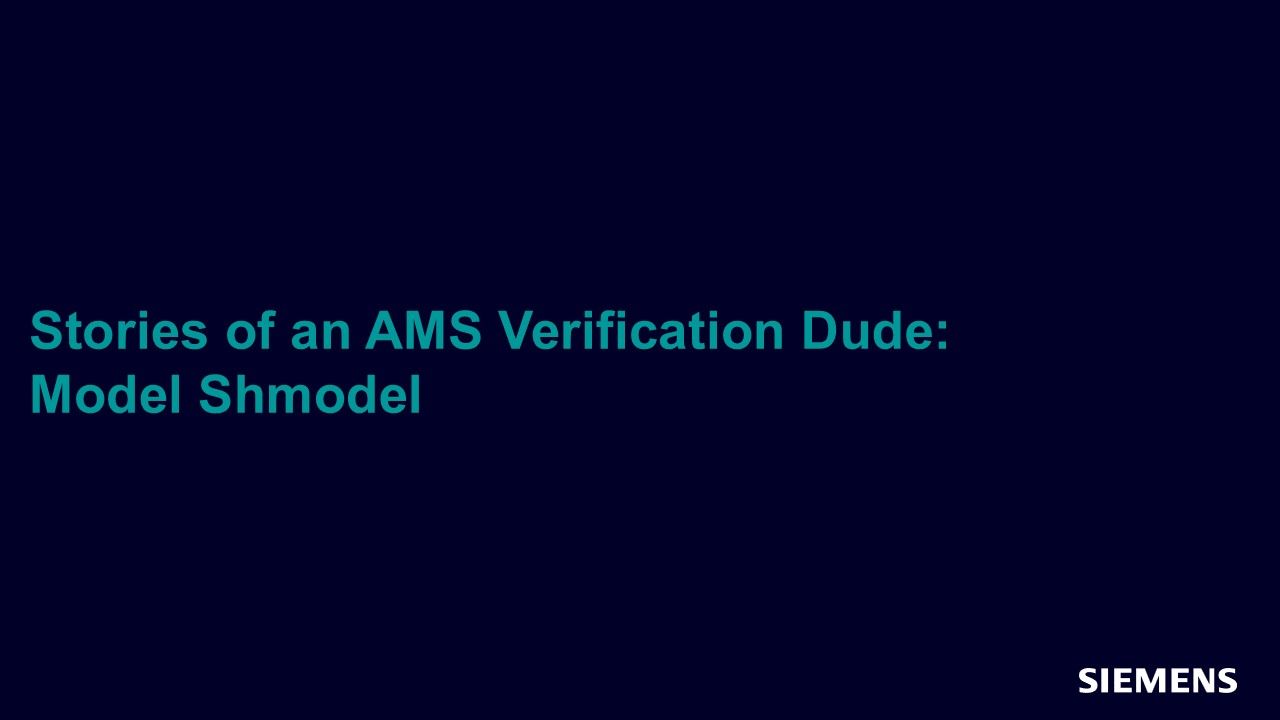Stories of an AMS Verification Dude: Model Shmodel
Well here I am again. Last time I talked about putting stuff together, and when I mean stuff, it turned out that the digital folks handed me an RTL and the analog dudes gave me a SPICE netlist. I finally got it all working together, and let ‘er rip, thinking that this was easy and I’ll be done in no time. But that “no time” turned into hours, and then days, and then nights, too.

Full-access members only
Register your account to view Stories of an AMS Verification Dude: Model Shmodel
Full-access members gain access to our free tools and training, including our full library of articles, recorded sessions, seminars, papers, learning tracks, in-depth verification cookbooks, and more.